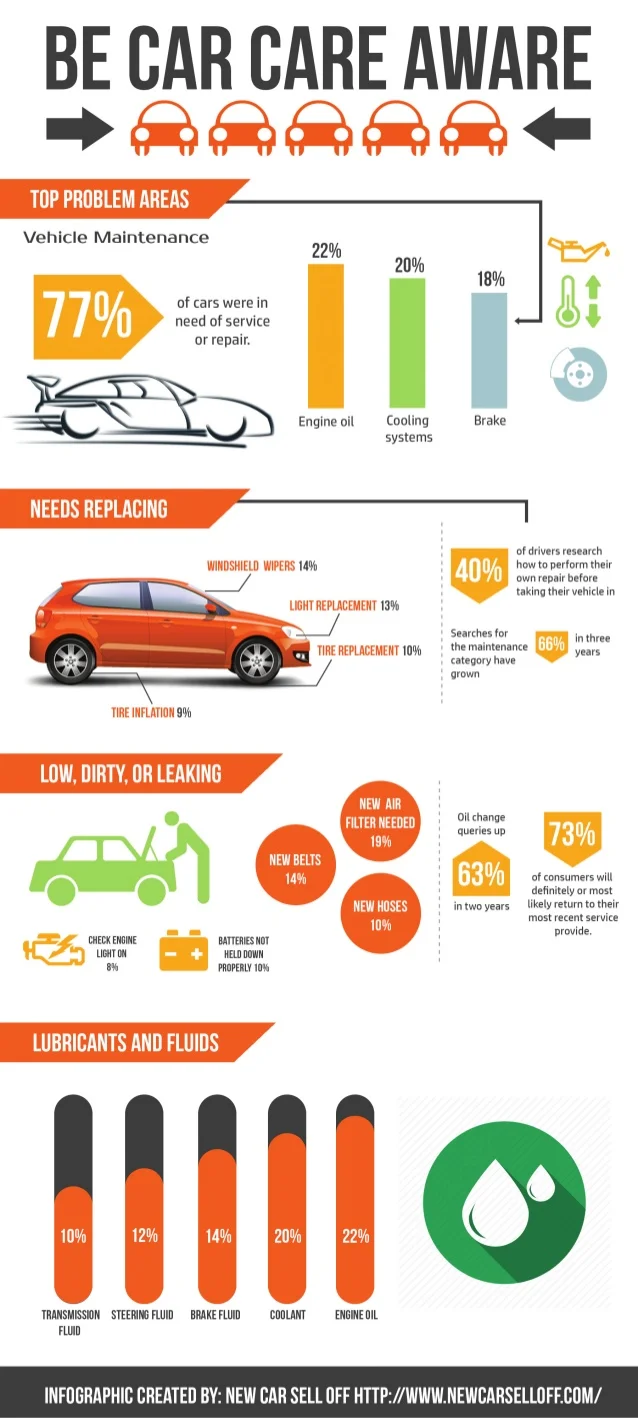Translating Truth Relevance Of Caution Lights In Your Car
Translating Truth Relevance Of Caution Lights In Your Car
Blog Article
Authored By-Justesen Gross
When you're behind the wheel, those glowing caution lights on your control panel can be a bit difficult. Do you know what they're trying to tell you regarding your automobile's wellness? Understanding the relevance of these lights is essential for your security and the long life of your vehicle. So, the next time one of those lights pops up, wouldn't you intend to decode its message properly and take the required steps to address it?
Common Warning Lighting and Interpretations
Determine usual warning lights in your cars and truck and understand their significances to ensure secure driving.
One of the most regular caution lights consist of the check engine light, which signifies issues with the engine or emissions system. If this light begins, it's crucial to have your car inspected promptly.
The oil stress cautioning light shows low oil stress, calling for instant focus to prevent engine damage.
A flashing battery light could suggest a faulty billing system, possibly leaving you stranded if not resolved.
The tire pressure tracking system (TPMS) light alerts you to low tire pressure, influencing lorry security and fuel performance. Neglecting this could lead to harmful driving problems.
The ABS light indicates a trouble with the anti-lock stopping system, jeopardizing your capacity to stop quickly in emergency situations.
Finally, the coolant temperature level cautioning light warns of engine overheating, which can result in severe damages if not resolved quickly.
Recognizing mechanic jobs near me will certainly aid you resolve problems quickly and keep secure driving conditions.
Importance of Prompt Attention
Recognizing the common caution lights in your automobile is only the first step; the significance of quickly attending to these cautions can not be stressed enough to ensure your safety when driving.
When a warning light brightens on your control panel, it's your vehicle's way of communicating a possible concern that requires interest. Ignoring what is it worth can cause much more severe troubles in the future, jeopardizing your safety and security and possibly costing you much more out of commission.
Motivate focus to alerting lights can stop breakdowns and crashes. For example, a flashing check engine light could suggest a misfire that, if left neglected, can cause damages to the catalytic converter. Addressing this without delay can save you from a pricey repair work.
Similarly, a brake system alerting light could indicate low brake liquid or used brake pads, important components for your security when driving.
DIY Troubleshooting Tips
If you see a caution light on your control panel, there are a few DIY fixing pointers you can attempt before looking for professional help.
The first step is to consult your car's guidebook to understand what the specific caution light shows. Often https://brake-places-near-me84061.theobloggers.com/33765277/develop-know-how-in-the-process-of-transforming-your-car-s-oil-easily-and-enjoy-the-economic-benefits-by-complying-with-the-comprehensive-step-by-step-overview-described-right-here can be as basic as a loose gas cap setting off the check engine light. Tightening up the gas cap might settle the issue.
Another typical problem is a reduced battery, which can trigger numerous advising lights. Inspecting the battery connections for deterioration and guaranteeing they're secure might take care of the issue.
If a caution light continues, you can try resetting it by disconnecting the automobile's battery for a few minutes and afterwards reconnecting it. Furthermore, examining your car's fluid levels, such as oil, coolant, and brake liquid, can aid fix cautioning lights associated with these systems.
Conclusion
Finally, understanding your vehicle's caution lights is crucial for keeping your car running smoothly and safely. By promptly dealing with these alerts and understanding what they indicate, you can stay clear of pricey repair work and prospective break downs.
Remember to consult your auto's guidebook for specific information on each alerting light and take action appropriately to ensure a hassle-free driving experience.
Keep educated, stay safe when traveling!
